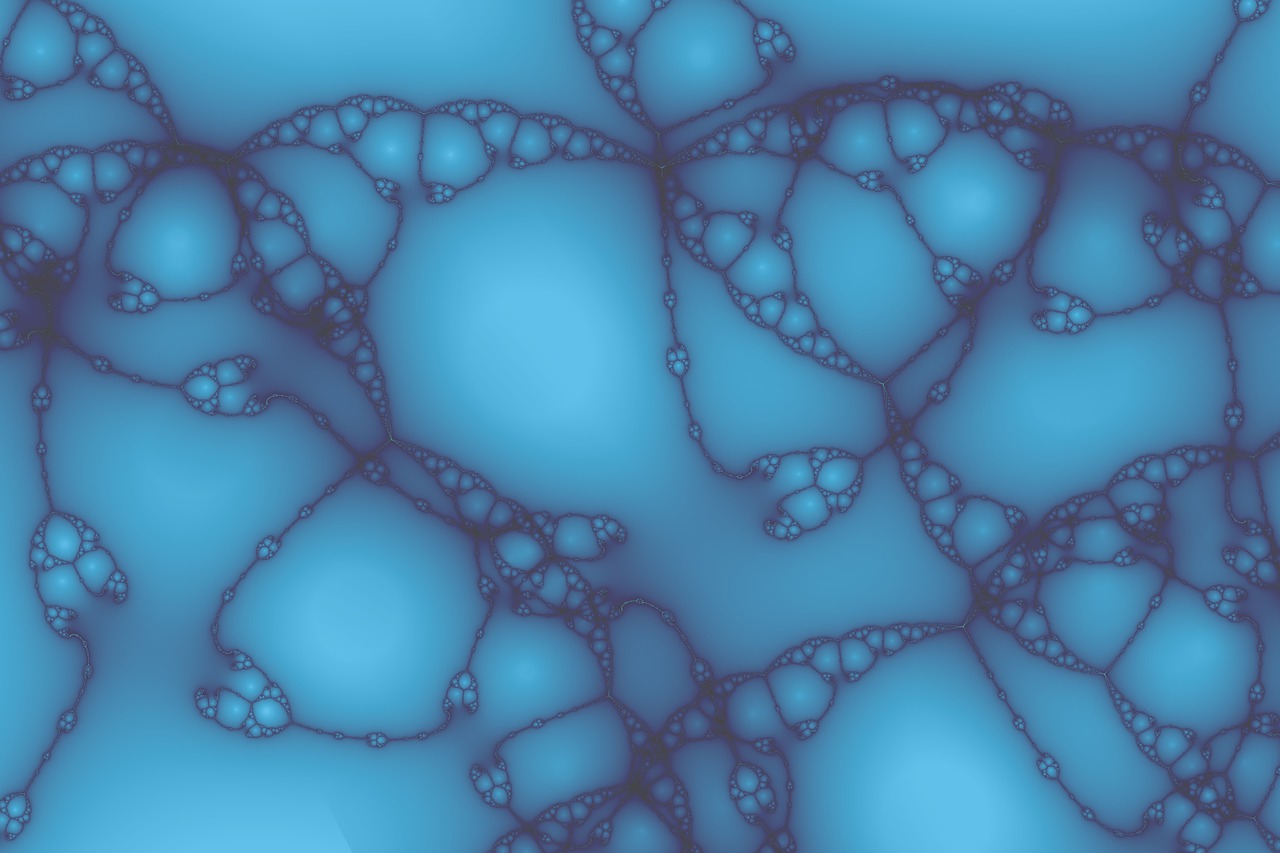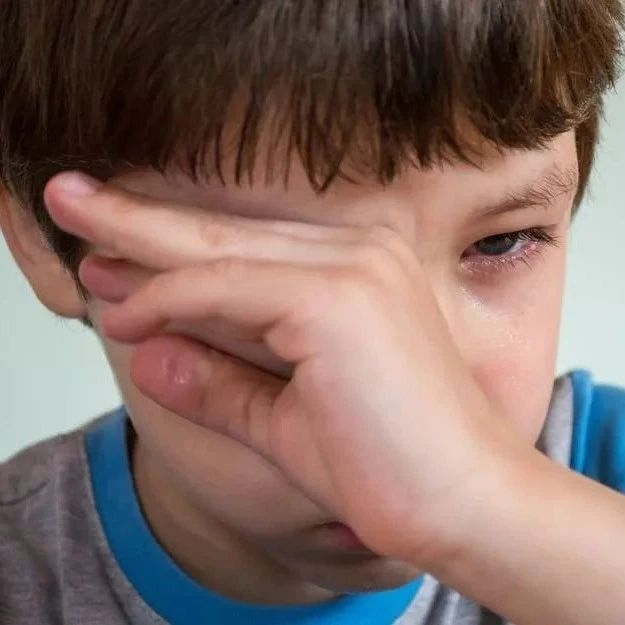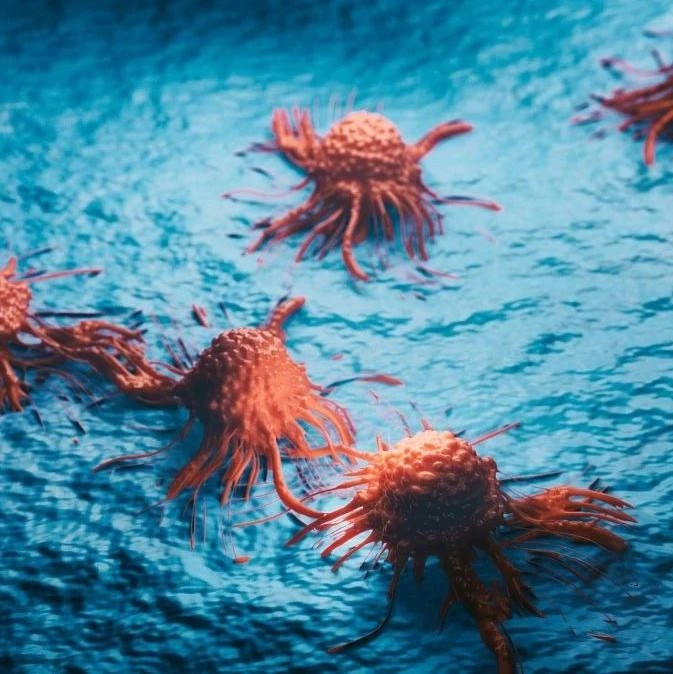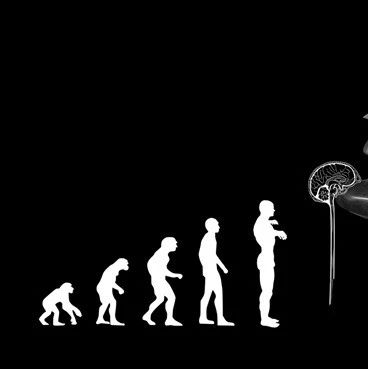摘要:Nature Genetics 在网上报道外显子测序法,研究间歇性自闭症的基因组多样性。研究表明:外显子测序法作为诊断自闭症有关候补基因的有效途径,从根本上解释自闭症的遗传病因。
NEW YORK (GenomeWeb News) – A new, family-based exome sequencing study in Nature Genetics online suggests de novo mutations underlie some sporadic autism cases.
"Our results show that trio-based exome sequencing is a powerful approach for identifying new candidate genes for ASDs and suggest that de novo mutations may contribute substantially to the genetic etiology of ASDs," University of Washington Genome Sciences researchers Evan Eichler and Jay Shendure, co-senior authors on the study, and their colleagues wrote.
The research team, which included investigators from the US, UK, and Netherlands, did exome sequencing on 60 individuals from sporadic autism spectrum disorder-affected families and 20 unaffected control individuals. In the process, they found four children carrying what appear to be de novo, ASD-causing mutations in the FOXP1, GRIN2B, SCN1, and LAMC3 genes. The study also revealed situations in which ASD-affected children harbored a combination of new and inherited mutations that may contribute to the condition.
Based on findings from previous studies, the team suspected that the genetic underpinnings of sporadic autism — cases that crop up in families with no history of ASD — might be distinct from those detected in ASD cases linked to specific genetic syndromes or in families with multiple members who are affected by ASD.
"Several observations support the hypothesis that the genetic basis for ASDs in sporadic cases may be different from that of families with multiple affected individuals," the researchers explained, "with the former being more likely to result from de novo mutation events rather than inherited variants."
To explore this in more detail, researchers focused on 20 families identified through the Simons Simplex Collection or the Study of Autism Genetics Exploration containing one child diagnosed with ASD who had at least one unaffected sibling.
The researchers didn't find any large, de novo copy number changes when they did array comparative genomic hybridization in the 20 parent-child trios from these families using custom Roche NimbleGen arrays, though one child with ASD did have a chromosome 15 deletion that's been implicated in elevated epilepsy and schizophrenia risk in past studies.
In an attempt to track down other ASD-associated mutations, the researchers then did exome sequencing of the parent-child trios, using a NimbleGen SeqCap EZ Exome probe v1.0 solution-based hybrid capture method to nab protein-coding sequences, which were then sequenced with the Illumina Genome Analyzer IIx.
The team also sequenced 20 control exomes from immortalized lymphoblast cell lines generated from American individuals of European ancestry who'd been sampled through the HapMap project.
Analyses of these exomes uncovered 85 single nucleotide change and 25 small insertions and deletions in the ASD trios.
Most variants identified in the children's exome sequences were also present in their parents. But the team did track down several apparent de novo mutations per trio that were not found in dbSNP, 1000 Genomes Project data, or in the exomes of nearly 1,500 other individuals sequenced through other University of Washington studies.
From these possible mutations, the team verified 21 de novo changes by Sanger sequencing, including 11 genetic alterations predicted to disrupt the amino acid sequence and function of resulting proteins.
Moreover, four of these de novo mutations turned up in genes already implicated in ASD, epilepsy, and intellectual disability: FOXP1, GRIN2B, SCN1, and LAMC3. These mutations were detected in four trios containing some of the most severe ASD cases, the researchers noted, underscoring their potential causative role in the disease.
"The probands with the four potentially causative de novo events met strict criteria for a diagnosis of autistic disorder," the authors wrote. "Our finding of de novo events in genes that have also been disrupted in children with intellectual disability without ASD, intellectual disability with ASD features or epilepsy provides further evidence that these genetic pathways may lead to a spectrum of neurodevelopmental outcomes depending on the genetic and environmental context."
Their analyses also uncovered inherited variants in children with ASD, including two cases in which children with de novo mutations also carried rare inherited variants suspected of upping autism risk.
For instance, one child carrying a FOXP1 mutation also had a second, rare, inherited missense mutation in CNTNAP2, a gene that appears to be regulated by FOXP1 and FOXP2, which has been associated with ASD in the past.
Nevertheless, they explained, more research is needed to understand the interplay between various ASD-associated mutations, if any, and to discern ASD-causing mutations from other genetic changes that might impact disease symptoms or severity.
"Distinguishing primary from secondary effects will require a better understanding of the underlying biology and identification of interacting genetic and environmental factors within the phenotypic context of the family," the researchers concluded. "The identification of de novo events along with disruptive inherited mutations underlying 'sporadic' ASDs has the potential to fundamentally transform our understanding of the genetic basis of autism."







